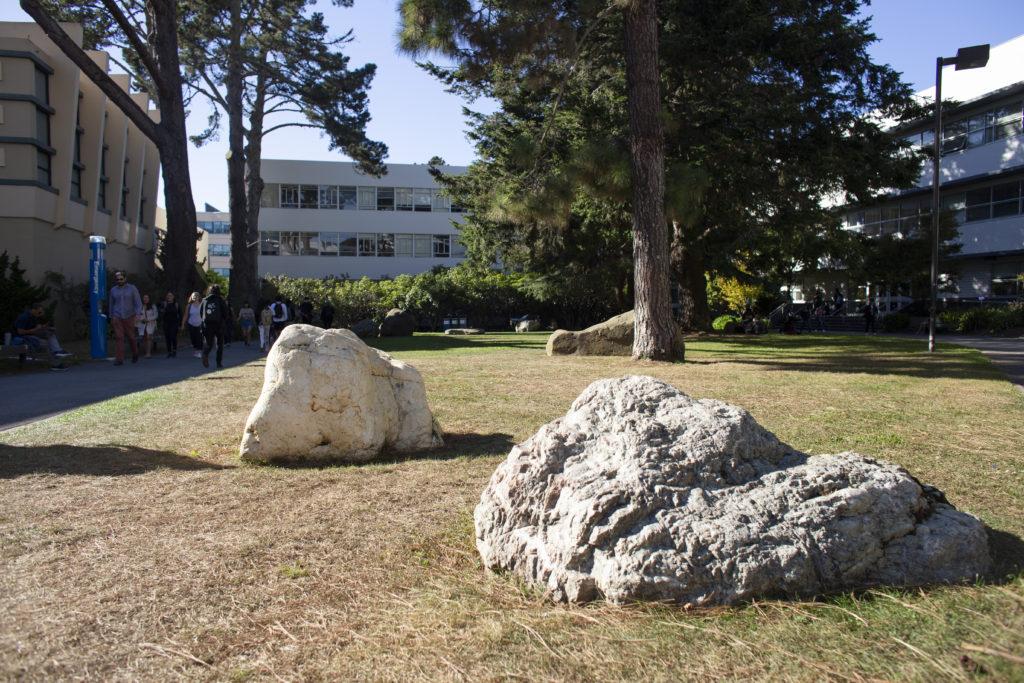For Koji Lau-Ozawa, learning what the word “camp” meant in his grandmother’s stories involved the horrors of incarceration, as well as making the best of terrible circumstances.
Lau-Ozawa, an SF State alum and current Stanford doctoral candidate in anthropology, has researched man-made structures at the Gila River Incarceration Camp in southern Arizona, where his grandparents were held.
“Looking at the gardens and how beautiful they are, despite the hardships of forced confinement and displacement, they were able to make something beautiful,” Lau-Ozawa said.
The camp’s man-made ponds suggested a sense of pride in maintenance to those incarcerated, he said.
“On many of these ponds, we can see multiple applications of cement, which suggests an enduring relationship, reapplying cement, making additional improvements,” Lau-Ozawa said.
Lau-Ozawa spoke to a gathering at SF State on Oct. 10 as part of the Conversations on Culture: Diaspora series started by SF State’s museum studies and anthropology departments at SF State’s Global Museum.
He said that he wanted to expand his studies beyond common themes from previous studies of Japanese incarceration camps.
“People were interested in the question of domination and resistance,” Lau-Ozawa said. “I think that’s something we see here, but I also think it’s time to move past that.”
Gardens were a significant part of Lau-Ozawa’s research because they provided shade and a place for children to play.
They were also the most striking part of Lau-Ozawa’s research.
“The construction, the skill and knowledge was something I thought was a testament to the spirit of the people inside the camps, but also to the innovation, the creativity, and the ability to make something out of a terrible circumstance,” he said.
Lau-Ozawa’s grandmother found her purpose in working at a toy loan in one of the camps, where she kept in contact with people on the outside.
“I found photographs of a toy loan my grandmother worked and correspondence she kept with people in California, people my grandfather, a professional gardener, knew,” Lau-Ozawa said. “These weren’t bounded entities, but rather nodes within networks.”







